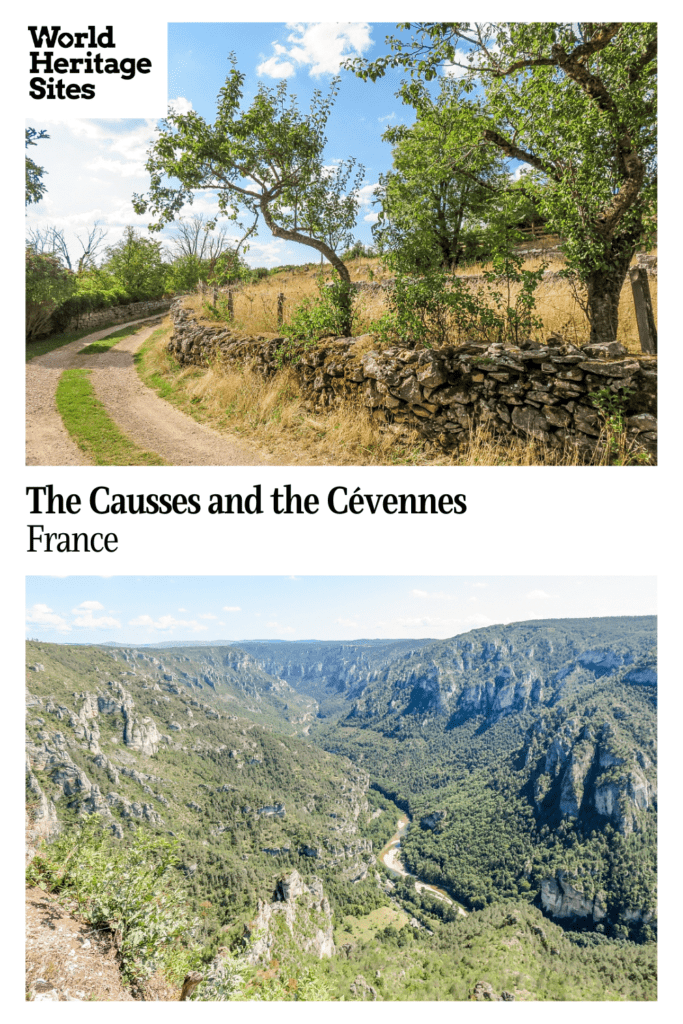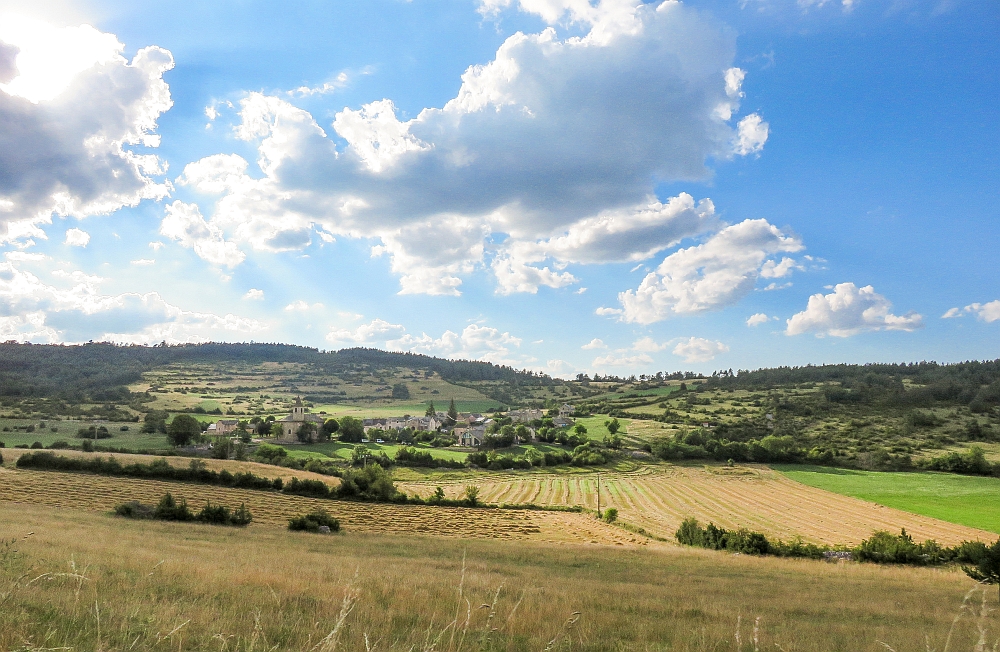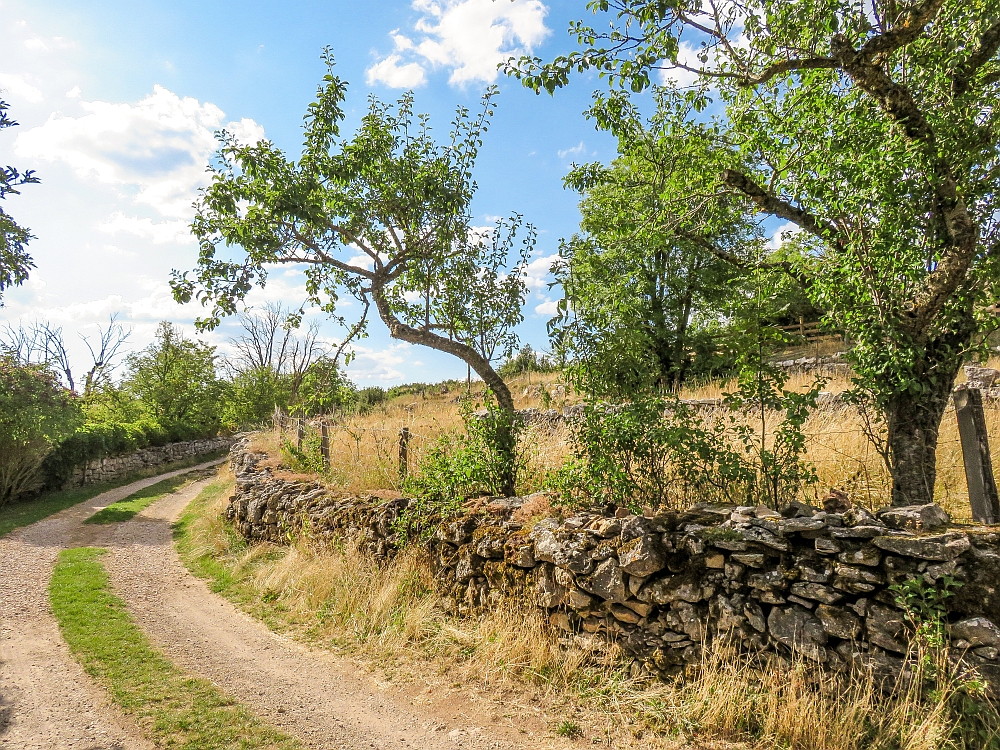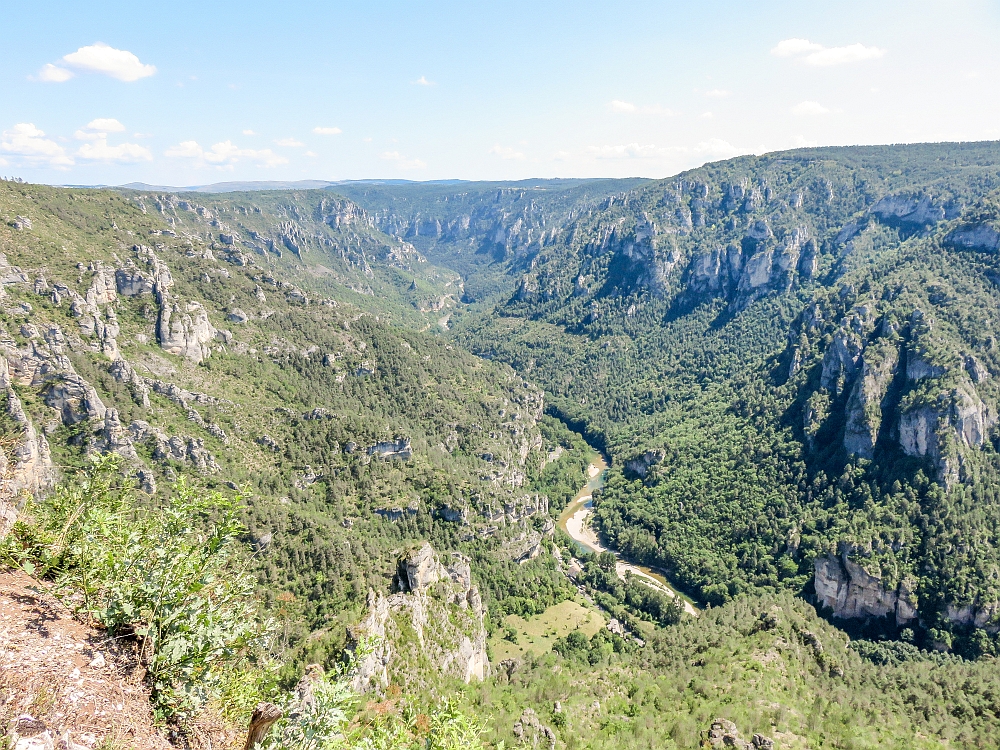The Causses and the Cévennes, Mediterranean agro-pastoral Cultural Landscape
By Daniela
What are the Causses and the Cévennes?
The Causses and the Cévennes are located in Southern France in the Massif Central. It’s a mountainous area cut by deep gorges and dotted with picturesque villages. The Cévennes is a national park and a UNESCO biosphere reserve, and the Causses are a series of limestone plateaus, some of which are also part of the Grands Causses Regional Nature Park.
Disclosure: This article contains affiliate links. Making a purchase through an affiliate link will mean a small commission for this website. This will not affect your price.
The area is characterized by large stone farms, irrigation facilities and road networks from the Middle Ages which are still used today. Mont Lozère, the highest peak in the Cévennes, is one of the few places in Europe where summer transhumance is still practiced as in the old days, when sheep were taken from their fixed winter pastures to their fixed summer pastures.
The Causses and the Cévennes were added to the List of UNESCO World Heritage Sites in 2011.

Why are the Causses and the Cévennes a UNESCO World Heritage site?
This monument has been inscribed on the List of World Heritage Sites because of its importance for the preservation of the Mediterranean agro-pastoral cultural landscape. According to UNESCO, “the Causses and Cévennes demonstrate almost every type of pastoral organisation to be found around the Mediterranean (agro-pastoralism, silvi-pastoralism, transhumance and sedentary pastoralism) … This area is a major and viable example of Mediterranean agro-pastoralism.”

What can you expect on a visit to the Causses and the Cévennes?
It isn’t just a cliché to say that at some places in the Causses and the Cévennes it feels as if time has stopped. You walk past stone walls along unpaved roads while sheep graze on the pasture on the other side of the road. A few kilometers further down the road, after a couple of head-spinning hair-pin bends, you find yourself at the bottom of a gorge looking at the white-crest whirlpools created by the fast waters of the river. The villages are sleepy and some of them aren’t even accessible by car.
Are the Causses and/or the Cévennes worth visiting?
Although the natural beauty of the area is mesmerizing, this is not the reason why the site got its UNESCO recognition. If you want to understand why this area is important from a preservation point of view, you need to do a bit of a research about agro-pastoralism, as this is not obvious at first sight. The area is worth visiting if agro-pastoralism interests you, or if you want to explore a region of France that is beautiful and relatively untouched by tourism.

What sorts of travelers would like the Causses and the Cévennes?
The Causses and the Cévennes is an interesting place for those who love nature, are interested in historical farming societies and are in search of the authentic charm of the French South. It’s also for those who love little charming villages and road-tripping.
Tips for visiting the Causses and the Cévennes
The area of the Causses and the Cévennes is perfect for hiking or road-tripping. You can drive through and stop for a hike if you are only passing through the area. On the other hand, the place could be a perfect destination for your summer holidays. You can go camping or stay in an authentic French gîte and explore the area one place at a time.
A nice experience is a visit to the Ferme Caussenarde d’Autrefois, a demonstration farm where you can learn about agro-pastoralism. Other famous attractions in the area include Sainte-Enemie – a small village on the list of the Most Beautiful Villages in France, the caves of Aven Armand and Dargilan, the weather station on Mount Aigoual, the gorges of the rivers Tarn and La Jonte, and the Vultures Lookout (La Maison des Vautours).
If you’re staying in Montpellier, this half-day hike from there will give you a taste of the Cévennes.

Where are the Causses and the Cévennes?
The Causses and the Cévennes comprise an area of about 302,000 ha (3020 sq. km or 1166 sq. miles), located in the départments Hérault, Gard, Aveyron, and Lozère in Southern France. The largest towns in the area that can be used as a base to explore this UNESCO site are Florac and Meyrueis, or you can opt to stay in one of the cute little villages like Sainte-Enimie, La Malene, Le Rozier, Ste-Eulalie or Nant.
Find accommodations in Florac or elsewhere by exploring the map below!
There are also five larger cities just outside of this UNESCO site, which are called ‘gateway cities’: Millau (from Paris 650 km/6 hrs, from Montpellier 110 km/1 hr 20 min), Ganges (from Paris 720 km/7 hrs, from Montpellier 50 km/50 min), Lodève (from Paris 700 km/6 hrs 30 min, from Montpellier 50 km/40 min), Alès (from Paris 700 km/7 hrs, from Montpellier 90 km/1 hr 15 min), and Mende (from Paris 600 km/5 hrs 40 min, from Montpellier 200 km/2 hrs 10 min).
The best way to explore the area is by car. If you rely on public transportation, the gateway cities are well-connected with the rest of France, but it could be challenging to visit the smaller places. In the summer, however, there’s regular public transport to some of the little villages.
For more information about the Causses and the Cévennes, see their official website.
Have you been to the Causses and/or the Cévennes? If so, do you have any additional information or advice about this UNESCO World Heritage site? Please add your comments below!
